Heart Failure
Heart Failure is common and the number of cases is increasing. One reason is because more patients are surviving heart attacks but their hearts have been weakened.
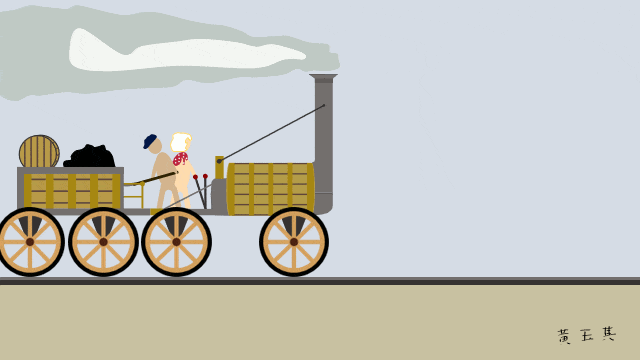
An Engine
A steam train needs a good supply of coal and water. It works best with an efficient, powerful engine and its speed depends on how many people it carries and whether it is running on the flat.
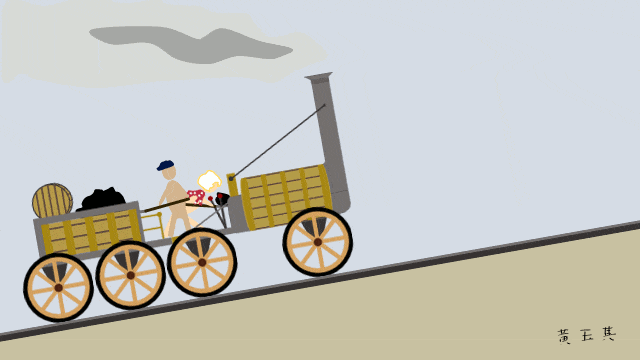
Systolic Heart Failure
The train may run into problems if the coal is of poor quality, if the engine has a mechanical problem or if the workload has increased. Similarly, there are many factors which can cause heart failure but the most common is weakness of the heart muscle. This is known as systolic heart failure. The pumping action of the heart can be investigated by an echocardiogram and by a cardiac MR scan.
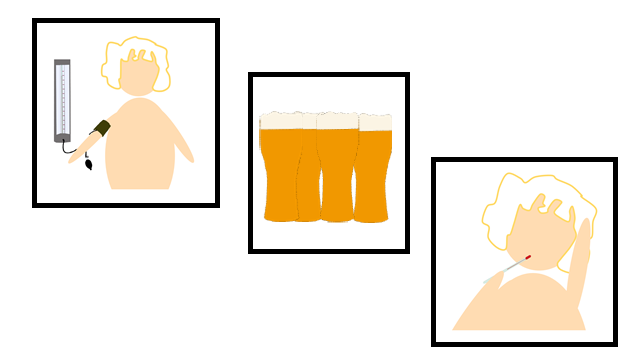
Causes of Heart Failure
Coronary disease and heart attacks are the most common causes of heart failure. High blood pressure and valve disease are also important and other causes include drinking too much alcohol and viruses such as the ‘flu. It is important to treat and address the underlying cause.
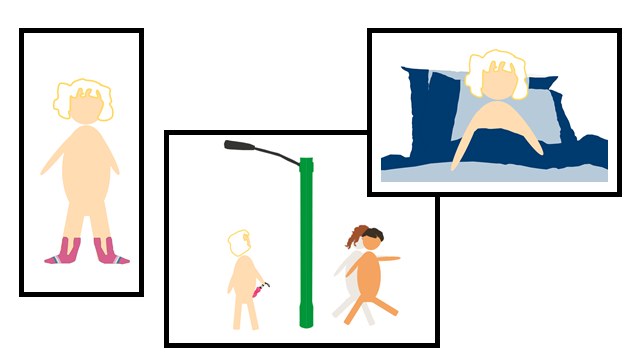
Symptoms
The hallmark of heart failure is fluid retention. The legs are often swollen. Patients may cut their socks or even shoes so that they can be worn. Breathlessness is common. Patients may have to walk slowly or stop frequently to rest. They may pretend to admire street furniture and to look in shop windows. Breathlessness on lying flat is called orthopnoea and patients may have to sleep upright on many pillows.
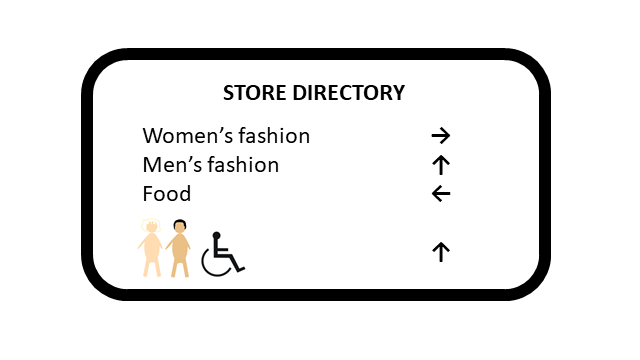
Water Tablets
“Water tablets” or diuretics are used to treat fluid retention. The most commonly used is furosemide and its trade name was “Lasix” which stood for “last 6 hours”. This was because patients pee more in the 6 hours after taking the drug and therefore, it is not advisable to take the drug late in the day. It is usually taken first thing in the morning and early afternoon and some patients adjust the timing according to when they are going out. Diuretics are not always necessary but unfortunately, some patients have ended up in hospital because they stopped taking diuretics during holidays or long trips.

Life Expectancy
There are other drugs which improve symptoms and life expectancy. These include ACE inhibitors, beta blockers, spironolactone, ivabradine and sacubitril. Heart Failure teams have Specialist Heart Failure Nurses who increase the dose of these drugs over a period of time. The nurses teach patients to monitor and manage their own condition. For instance, the amount of fluid retention can be monitored by daily weighing. If weight goes up significantly, the diuretic dose may need to increase.

CRT
In a normal heart, electricity flows very quickly and all the muscle contracts simultaneously. In heart failure, electricity may flow slower so that one part of the heart is relaxing while another is contracting. This uncoordinated action results in some blood being shunted within the heart instead of flowing out of it. Cardiac resynchronisation therapy (CRT) involves implantation of a special pacemaker to improve the coordination. These pacemakers may also have a “defibrillating” function to protect against cardiac arrests.
In England and Wales, The National Heart Failure Audit monitors the hospital treatment of patients with heart failure. Patients under specialist care have better outcomes because they are more likely to have the correct treatments including that of the underlying cause. It is important to make an early correct diagnosis and to receive treatment in a timely manner.